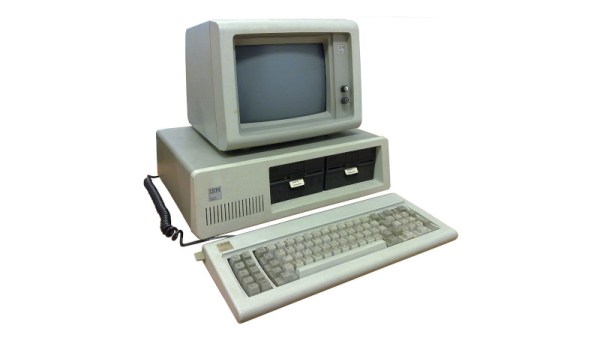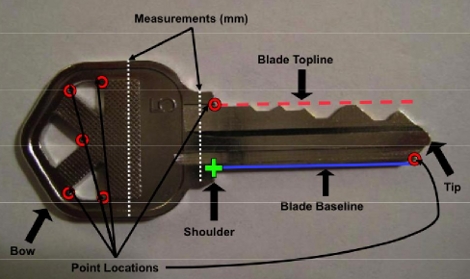Long before the Java Virtual Machine (JVM) was said to take the world by storm, the p-System (pseudo-system, or virtual machine) developed at the University of California, San Diego (UCSD) provided a cross-platform environment for the UCSD’s Pascal dialect. Later on, additional languages would also be made available for the UCSD p-System, such as Fortran (by Apple Computer) and Ada (by TeleSoft), not unlike the various languages targeting the JVM today in addition to Java. The p-System could be run on an existing OS or as its own OS directly on the hardware. This was extremely attractive in the fragmented home computer market of the 1980s.
After the final release of version IV of UCSD p-System (IV.2.2 R1.1) in 1987, the software died a slow death, but this doesn’t mean it is forgotten. People like [Hans Otten] have documented the history and technical details of the UCSD p-System, and the UCSD Pascal dialect went on to inspire Borland Pascal.
Continue reading “Remembering UCSD P-System, The Pascal Virtual Machine”













